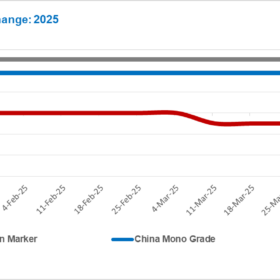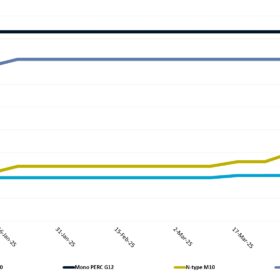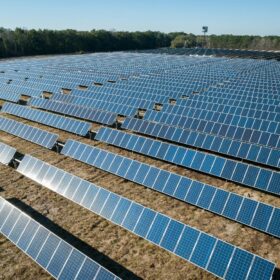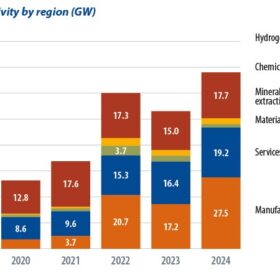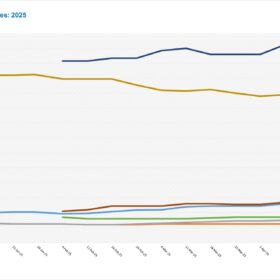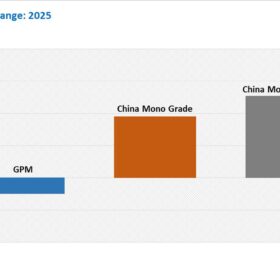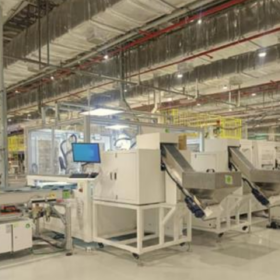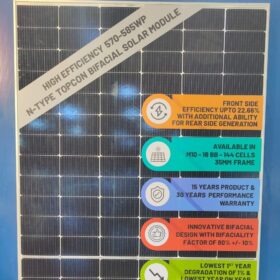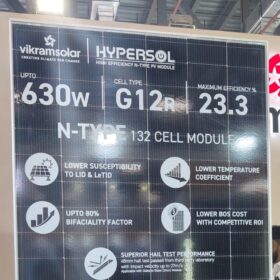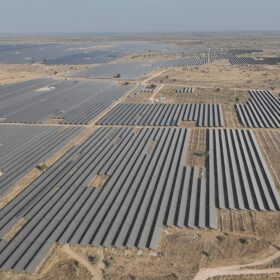Polysilicon prices decline amid growing short-term market pessimism
In a new weekly update for pv magazine, OPIS, a Dow Jones company, reports that prevailing pessimism in the global polysilicon market continues to intensify, with current conditions still favoring buyers to a certain extent, allowing them to retain a degree of leverage in negotiations.
Are robot solar panel cleaners worth the cost and time?
Robot solar panel cleaning offers numerous benefits that outweigh the initial investment, especially for large installations or in environments with high dust and debris accumulation. However, it is important to consider the potential disadvantages, such as initial cost and the need for maintenance.
Solar wafer price outlook turns pessimistic, global flows shift with evolving trade policies
In a new weekly update for pv magazine, OPIS, a Dow Jones company, provides a quick look at the main price trends in the global PV industry.
IEA’s World Energy Outlook systemically underestimates solar PV development
Since 1993, the World Energy Outlook (WEO) of the International Energy Agency (IEA) has been an authoritative report on energy statistics and guiding future energy supply and demand developments. An examination of these reports, however, indicates that even the most progressive of WEO scenarios has vastly underestimated the growth of renewable energy technologies, especially solar PV.
Data centers lead global growth in corporate PPAs
In 2024, the global corporate clean energy procurement market grew strongly, with a record 68 GW of power purchase agreements (PPAs) and other clean energy procurement deals announced. That amounted to 29% growth against the previous year. Caroline Zhu and Bruno Brunetti, of S&P Global Commodity Insights, examine the trends behind these numbers.
FOB China module prices rise amid growing market expectations of sharp correction by end-Q2
In a new weekly update for pv magazine, OPIS, a Dow Jones company, FOB China TOPCon below 450 W modules for spot loading were stable at $0.093/W, with price indications between $0.087-0.100/W. Furthermore, it reveals that current price increases are not being uniformly adopted across all Chinese manufacturers, with significant price differences—often several euro cents— being observed between the Top 5 and Top 10 manufacturers.
Leveraging ESG Tech for a resilient and decentralized energy grid
According to the “Energy Statistics India 2024” report by the Ministry of Statistics and Programme Implementation, total emissions from the energy sector have been on the rise, underscoring the urgency for sustainable energy practices and stronger ESG-aligned interventions.
Push on to accelerate next generation PV materials
There is no consensus on the future of PV technology but there is general agreement that existing silicon solar cells do not represent the pinnacle of solar energy generation. This has resulted in the exploration of alternative materials and device architectures, with tandem solar cells emerging as the front runner for the next generation of solar cells to be deployed at scale.
Polysilicon market steady amid challenging short-term outlook
In a new weekly update for pv magazine, OPIS, a Dow Jones company, provides a quick look at the main price trends in the global PV industry.
U.S. reshapes the non-China solar supply chain
The U.S. Department of Commerce (DOC) revised antidumping and countervailing duties (AD/CVDs) on Vietnamese and Malaysian solar products in December 2024. The move has reshaped the non-Chinese supply chain, with further use of tariffs likely under the new administration, explains InfoLink’s Corrine Lin.
